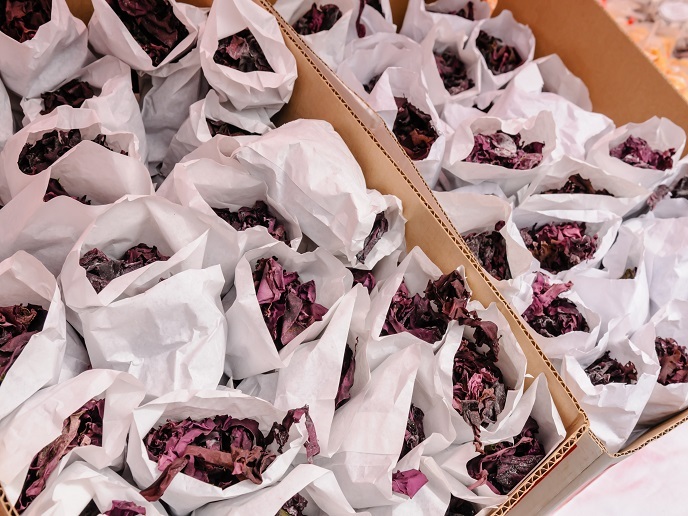New anti-fouling treatments
All surfaces in daily contact with sea water eventually become permanently encrusted with a layer of sedentary marine organisms. Such surfaces include boat hulls, nets, boys, and other marine infrastructure. Fouling, as the problem is known, is a serious problem for marine vessels. A heavily fouled boat hull will be very rough and unstreamlined so the vessel will travel more slowly, while also requiring excess engine power. This increases air pollution, plus fuel consumption and other costs. Left untreated, fouling would eventually render the ship useless. Fouling-management is essential but difficult, thereby representing the single largest maintenance cost in shipping. New coatings from Mother Nature The EU-funded BYEFOULING(opens in new window) project developed environmentally friendly anti-fouling coatings with high performance compared to current options. The new coatings is suitable for large-scale industrial production. Many marine organisms face the same problem as human boat-owners, but for them preventing the growth of other creatures is a matter of survival. It follows that numerous anti-fouling compounds exist in nature. A major challenge for BYEFOULING researchers was finding and adapting suitable candidate compounds, which involved detailed study of many marine species and their biochemistries. Researchers used various compounds in combination to attack different stages of the fouling process. The team also developed new synthesis methods that could be scaled-up. The compounds include protein absorption inhibitors, quorum sensing inhibitors, and natural biocides. These disrupt specific natural processes by which marine organisms attach to their permanent home, without chemical pollution. Nano-application The compounds are applied as paint, which include nanomaterials and their compounds. Certain nanomaterials have intrinsic antifouling properties. Other nanomaterials encapsulate the compounds, while still others contain living organisms for controlled release. Project partners developed proof-of-concept demonstrators combining the most promising candidate compounds and nanomaterials. After extensive laboratory testing, researchers conducted field trials in the Mediterranean and Red Seas, plus the Atlantic Ocean. The testing assessed anti-fouling properties and ecotoxicity. Later testing on full-scale models involved demonstrator coatings intended for ships, aquaculture, and buoys. The team also developed special demonstrator products for offshore wind farms. As researchers hoped, testing demonstrated high anti-fouling performance combined with low-toxicity. “These properties will reduce ship operating costs and pollution, while also increasing ship lifespans,” says project leader Dr Christian Simon. The same coatings applied to the aquaculture sector will mean better growth rates, improved water quality, better control of disease vectors, and reduced costs. Testing and development continues, with the goal of commercialisation for certain applications in the near future. “The market potential is large,” explained Dr Simon, “especially for the maritime transport sector.” BYEFOULING is working on marketing plans, intellectual property protection, and plans for possible further joint ventures. The project is also progressing towards gaining international regulative approval for the new coatings. BYEFOULING's new products will mean improved shipping efficiency, lowered costs, and less polluting emissions.







